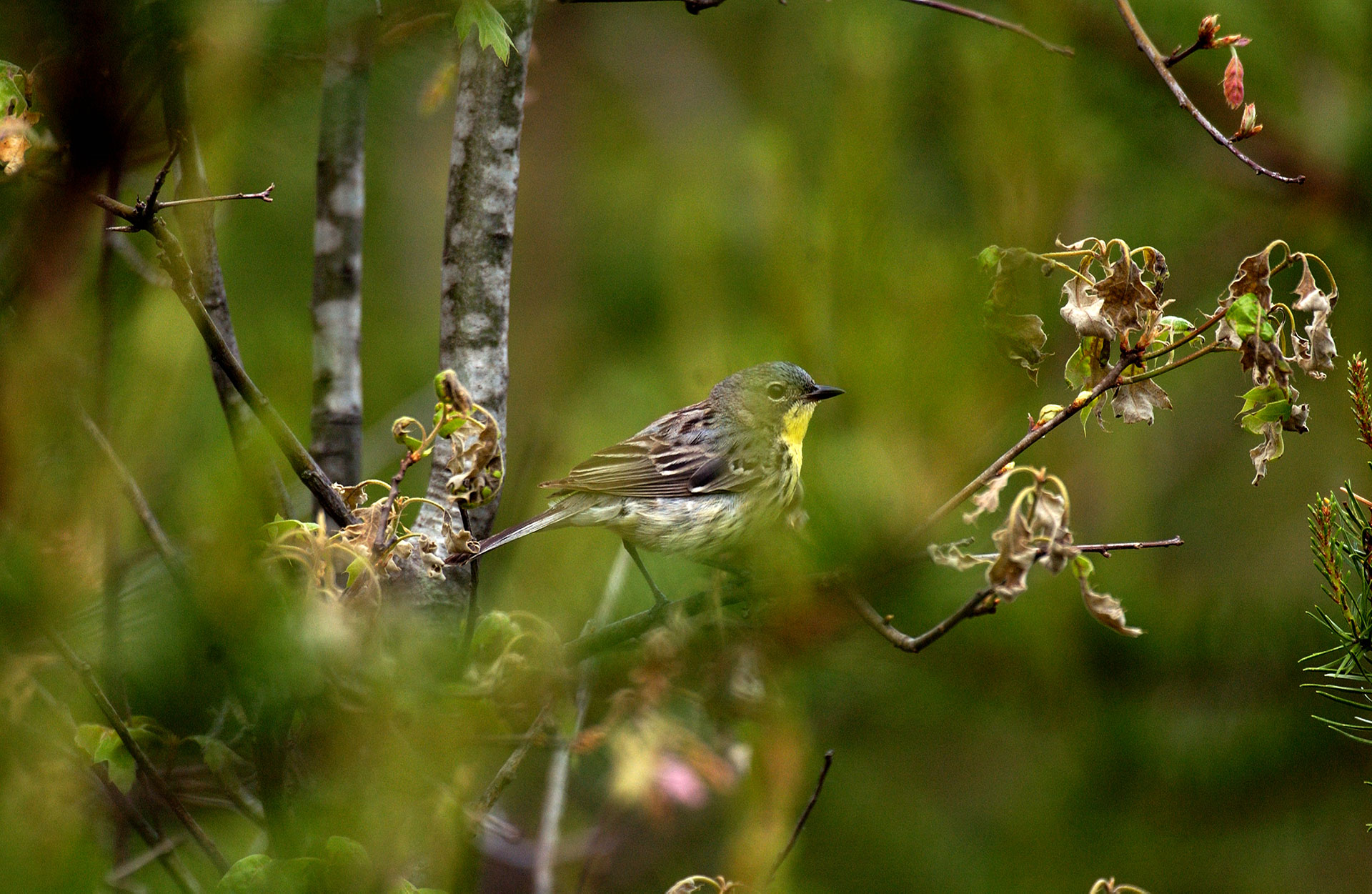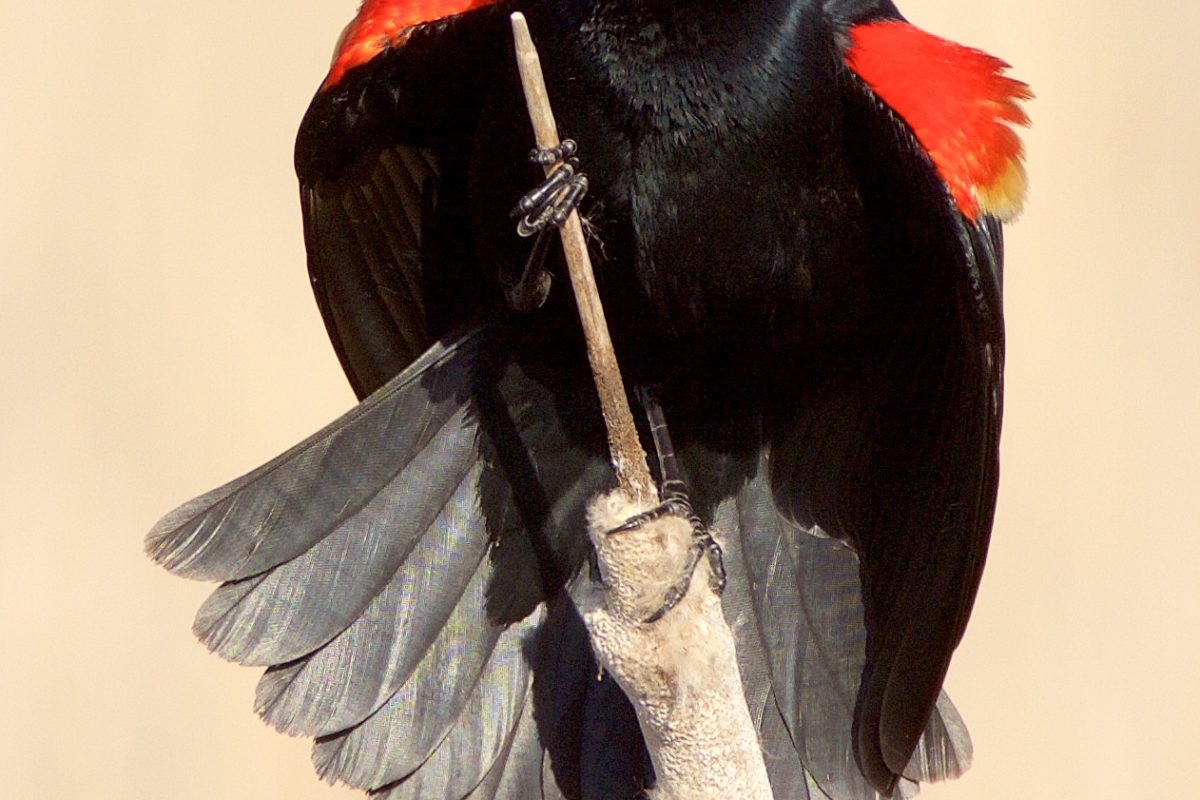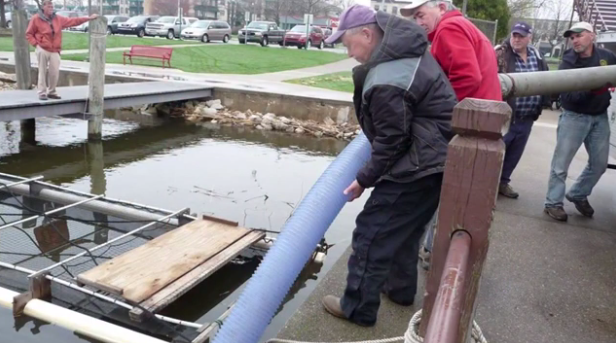Forests are more than just a collection of trees growing in close proximity to each other. Much like an organism, a forest and experiences a wide range of changes as it grows and ages. And as it goes through its particular lifecycle, a forest can serve both people and animals in a variety of ways.
“A park-like forest populated with older trees that are spread far apart may be perfect for people to hike, camp and bird-watch, but it’s not necessarily ideal for wildlife,” said Matt Pedigo, chair of the Michigan Wildlife Council. “Many types of animals prefer younger, denser woods for the cover and food resources they provide. It takes effective management to make sure there are a variety of forest types that can be enjoyed by humans and also make good homes for wildlife. ”
The Michigan Wildlife Council is dedicated to increasing public understanding of the important role wildlife management plays in the conservation of the state’s natural resources. The management of Michigan’s wildlife and natural resources is primarily funded through the purchase of hunting and fishing licenses and equipment – not state taxes.
And as an organization that wants to see Michigan wildlife thrive, the council is a strong advocate of forestry, a practice that can include clearing older trees out of forests to allow younger growth to flourish.

“In recent years, forestry’s benefits have been directly observable by professionals who work in the field and keep close tabs on wildlife numbers and their movement,” said Pedigo.
Katie Keen, communications coordinator for the Michigan DNR’s Wildlife Division, said wildlife such as deer and elk do very well in young forests, where spring buds are easily reachable. In the barren winter months, these large mammals supplement their diets with woody browse, which consist of recently cut and still-growing green stems.
“Animals change their diets based on what’s available, and if they can’t find enough to eat, they won’t stick around,” Keen said. “That’s why cutting down some of the older trees and allowing younger growth to appear is vital to nurturing wildlife, particularly in northern Michigan.”
Keen points to the endangered Kirtland’s warbler as the best example of a species that benefits from Michigan’s science-based forestry practices. The small songbirds spend their winters in the Bahamas, but migrate to the northern Lower Peninsula every year to mate.
“Kirtland’s warblers depend on young jack pine forests to make their nests and provide them with the shrubby protection they need,” Keen said. “This is the only part of the world these birds can mate, but their numbers began to decline when Michigan’s jack pine stands started getting older. So we had to find a solution.”
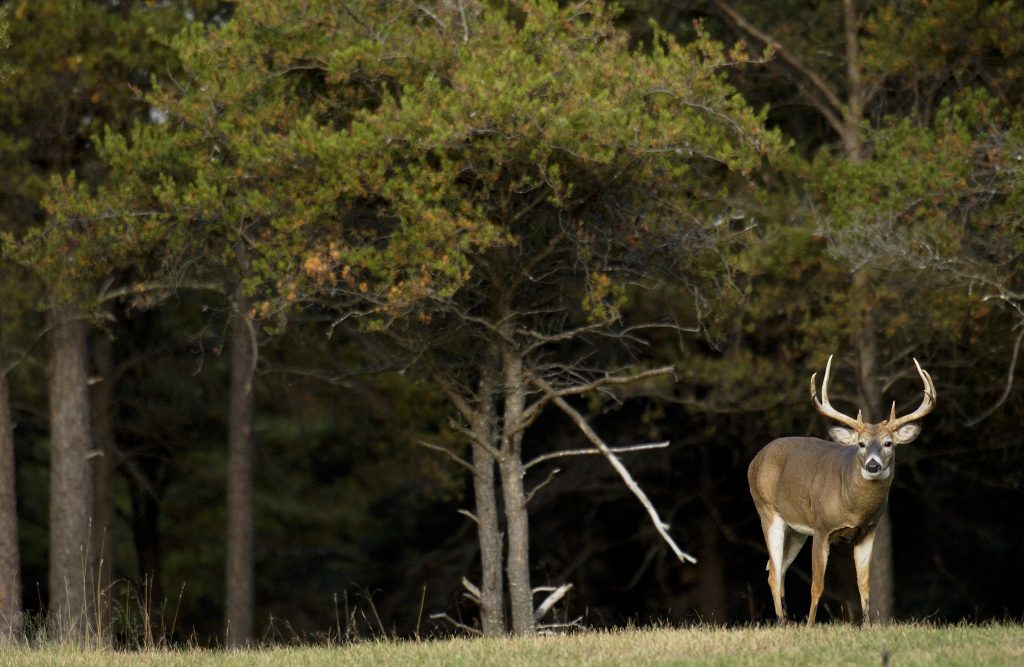
Before European settlers arrived in northern Michigan, natural forest fires sparked by lighting would allow new jack pine growth to occur, much to the warblers’ delight. As a consequence of the important work of wildfire protection programs to ensure human safety and protection of property, Kirtland’s Warbler breeding habitat became rare. Good for the people, not so much for the little yellow-breasted bird, which almost went extinct in the mid-20th century. But thanks to wildlife conservation efforts and forest management, Kirtland’s warblers are on the rebound.
“When we cut trees, there’s always a plan to bring the forest back,” said Debbie Begalle, chief of the DNR’s Forest Resources Division. “With the Kirtland’s warbler, we plant new jack pine trees close together to give them the habitat they prefer. We can simulate the effects of a forest fire by conducting responsible timber cutting, which has all kinds of other benefits as well.”
Forest management keep our trees healthy, which in turn helps purify the air and waterways. It also provides about $21 million to Michigan’s economy every year through the timber and paper industries.
Begalle said older trees that are clustered are much more susceptible to disease and insect infestation. To circumvent this the state instituted tree harvests for some of Michigan’s oldest jack pine and aspen stands about 30 years ago. Initially, the state had to pay to get these trees cut because they couldn’t be efficiently logged. Thanks to changes in technology and the timber industry, the state now gets paid by loggers, who adhere to strict land use regulations while cutting on state property. Now the forests are able to sustain healthy populations of elk, deer and, of course, the Kirtland’s warbler.
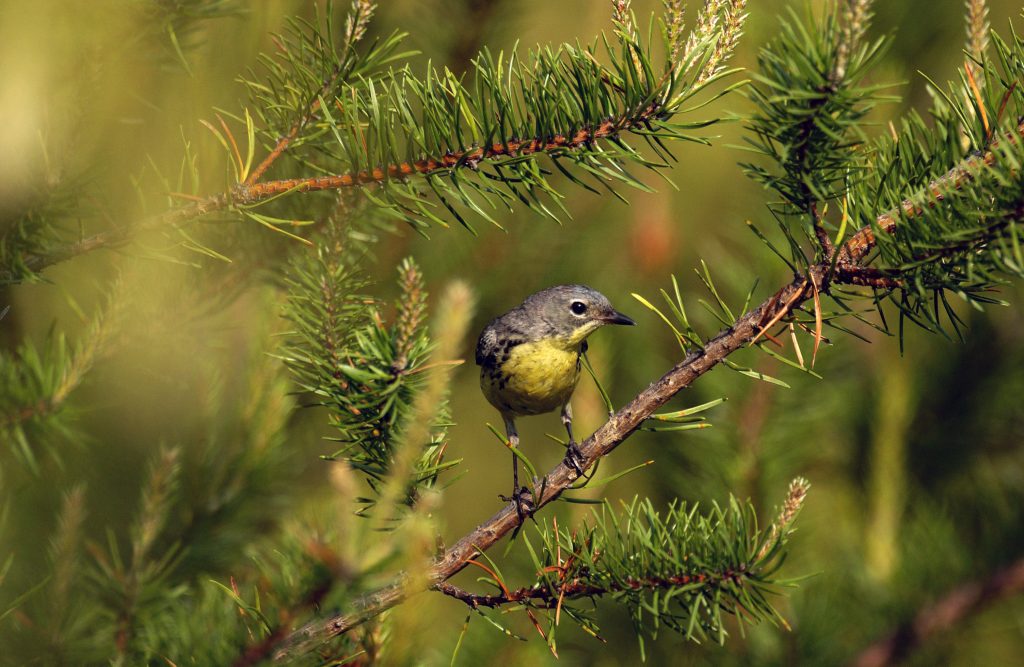
“The Kirtland’s warbler is a great example of how sound forest management can be a critical component of wildlife conservation,” said DNR endangered species coordinator Dan Kennedy. “Forestry is a very good thing – there are a lot of rules and regulations that go along with it. And forest management helps the Michigan economy in a sustainable way.”
Keen said that forestry professionals can rotate timber harvests by focusing on different types of trees and different sections of forest so they can pause ecological succession or even set back and start the forest over. That is, they can essentially stop time, keeping the forests in a perpetual state of youth.
“As managers, we can set a forest’s age wherever we want,” Keen said. “We can make sure that there’s always a steady supply of young jack pine for the warblers. We can create brush piles where rabbits can live and deer and elk can forage. And we can leave felled trees where they lie to make homes for ground squirrels, toads and salamanders. Forestry was developed to be beneficial to the whole forest. It’s incredible to witness life return to places where things weren’t looking so bright just a few years ago. ”
